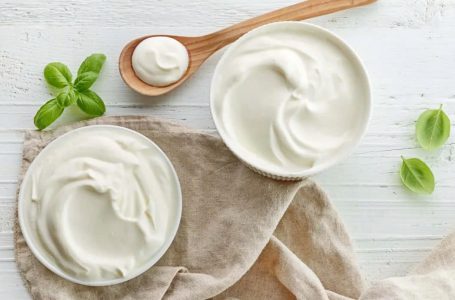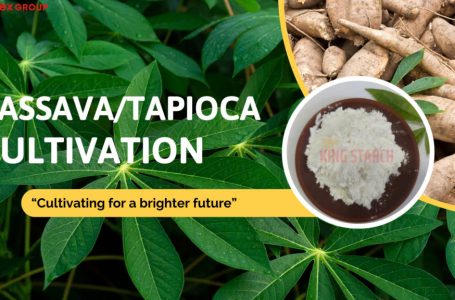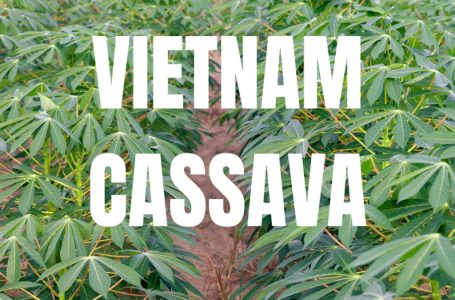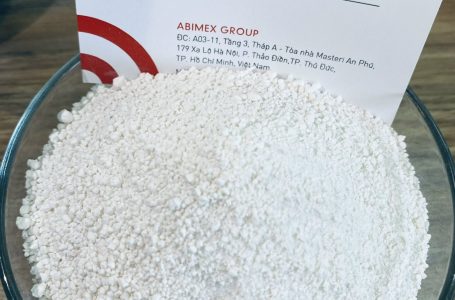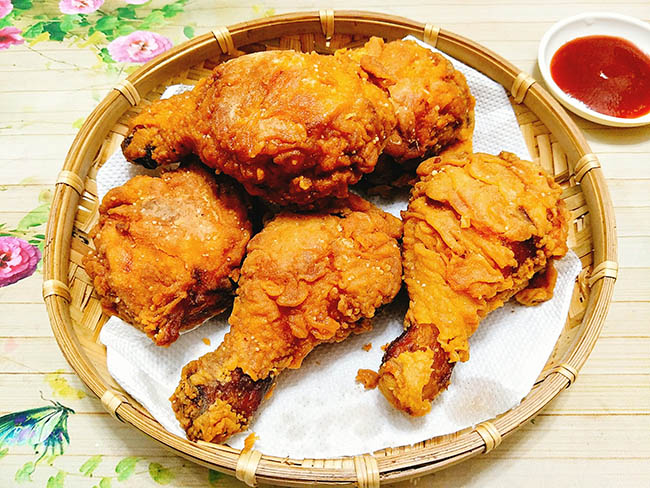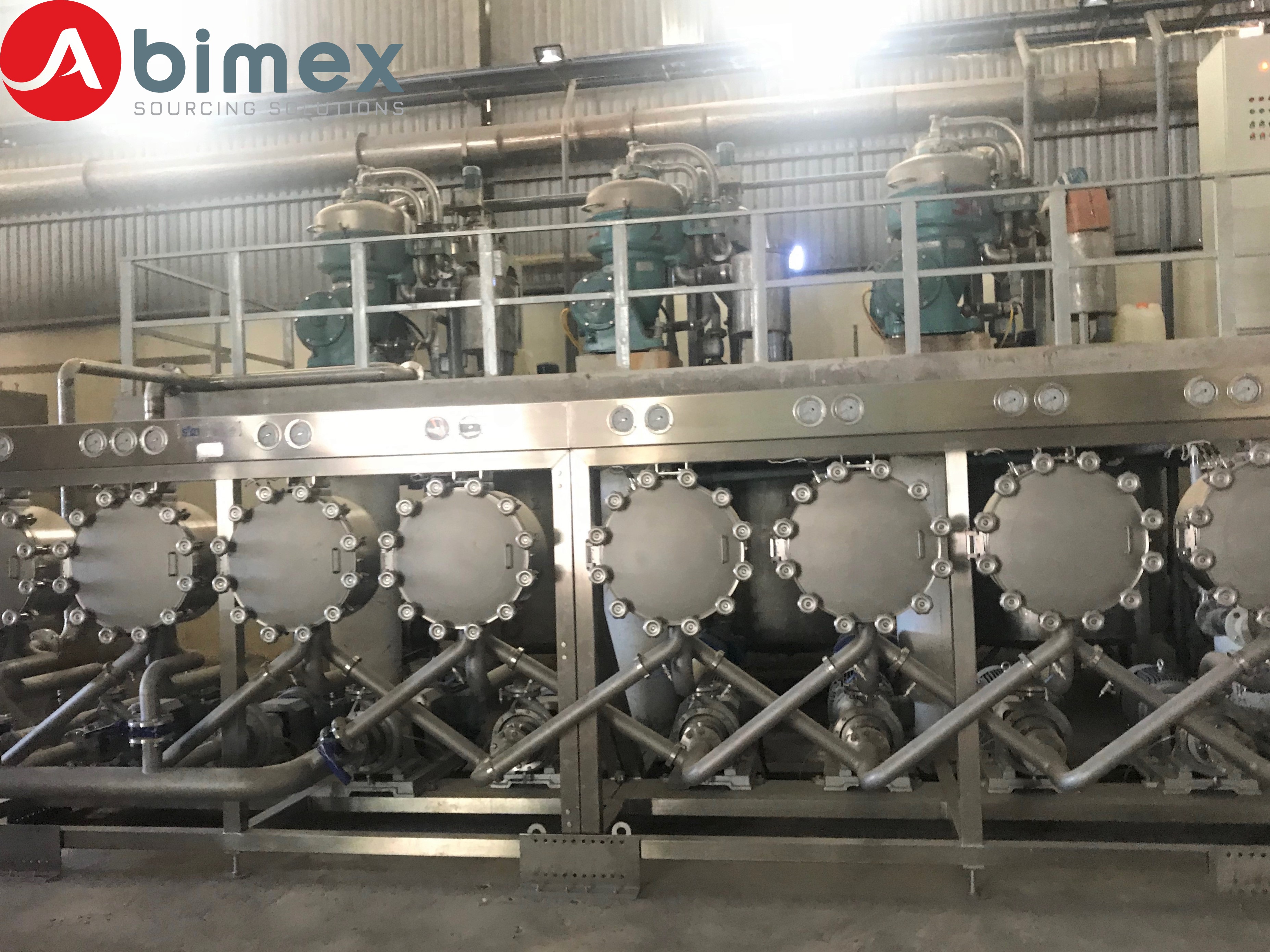
Have you ever wondered what the difference was between tapioca flour and tapioca starch?
I am guessing that many of you have because it is one of the question that I have received the most when a customer are wondering between buying tapioca starch or tapioca flour. There will be bad consequences when buyers don’t really understand the product they need. So let’s find out the difference of tapioca starch and tapioca flour.
1. Different about manufacturing processes
Tapioca powder: the powdery particles obtained by crushing and drying the tapioca after peeling it, or the powdery particles obtained after peeling and drying are generally produced by the family workshop.
Tapioca starch (tapioca starch) is a kind of starch obtained by the whole assembly line. The processing technology is relatively complex, including peeling, cleaning, crushing, screening, filtration, concentration, dehydration, drying and screening. As a result, fine and high-quality powder particles are generally produced by the industrial assembly line.
Therefore, Tapioca starch is removed fiber and unnecessary impurities. And tapioca starch is finer than tapioca powder.
2. Different about powder’s characteristic:
Tapioca flour: the tapioca powder is usually powdery. When boiled with water, it will appear transparent and taste like a piece of elastic.
Tapioca flour is often used in food processing, such as sweet dumplings, puddings or crystal dumplings.
Tapioca starch: tapioca starch is a fine powder that does not form when heated in water.
Summary, tapioca starch is finer than tapioca powder.
3.Different about USES:
– Uses of tapioca flour:
Tapioca flour can make alcohol, fructose, glucose, maltose, monosodium, beer, bread, biscuits, prawns, fans, sauce and plastic fiber plastic film, resin, coating, adhesive and other chemical products.
In Chinese households (especially in southern fujian), tapioca flour is preferred to mix with water and meat evenly and taste better.
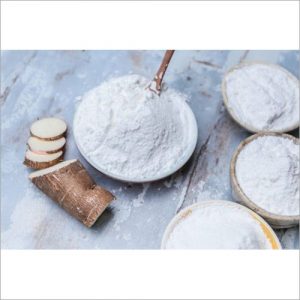
– Uses of tapioca starch
In making food:
- The raw tapioca starch is widely used in food recipes, such as baking products, as well as in making extruded snacks and tapioca pellets.
- Tapioca starch is an excellent thickener to improve the texture of soups, creams, sauces, and etc.
- Tapioca starch has a bland, neutral taste that makes it well suited as an additive to improve recipes without affected flavors. It’s often added to meat products to improve their moisture retention and firmness. Tapioca starch is also improve the chewiness of confectionary and noodles.
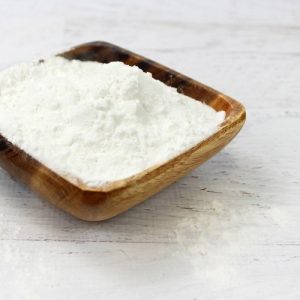
In industry.
- Tapioca starch is highly viscous and sticky when mixed with water or certain chemicals and it stays that way for a very long time.
- Paper production: improve resistance and strength of Paper, and being waterproof, etc. Improving exception of Paper and persistence. Use in the output of Paper types, Paper envelope and cardboard.
- Pharmaceutical industry & cosmetic industry: bleaching agent, addition agent for soap, facial cream, and excipient.
- Textile industry: minimizing breakage, splitting, Improving the stiffness OF fabrics, creating durability and brightness for the product. Make dyes, act as color carriers.
- Other industries: Tapioca starch is often processed into adhesive material that is used as binders in many industrial applications such as the manufacture of plywood, detergent, plaster ceiling, animal feed, producing self-degrading plastic packaging, tire manufacturing industry, and etc.


